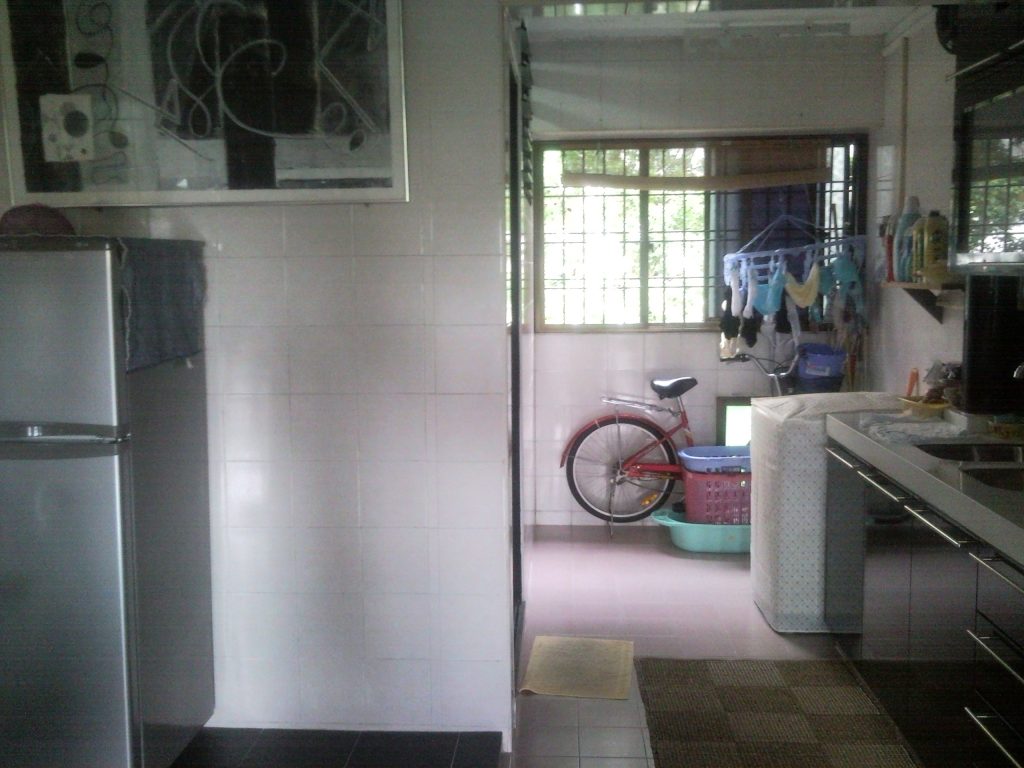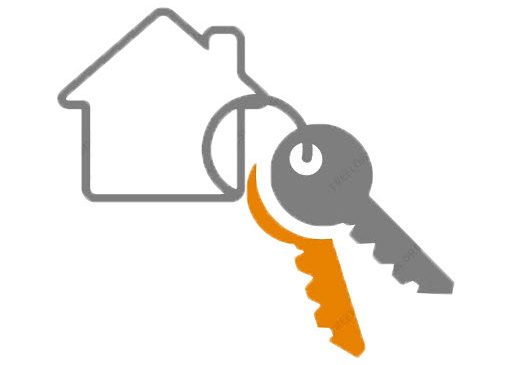
From green design to natural mattresses, there are so many steps to building an eco home. With diligence and consciousness, the end result is an energy efficient home with a healthy indoor environment, that has a minimal impact on the earth. By using green construction materials for the foundation and framework, such as eco-friendly cement, and sustainable wood, a new project is off to an environmentally-friendly start.
Eco-Friendly Cement for a Green Foundation
With a new green home, start the foundation with eco-friendly cement. Substituting with this sustainable product is easy and cost-effective. As is often the case with green construction materials, it is also much more practical, being of a higher quality than regular cement.
Eco-friendly cement is made from a blend of regular cement and fly ash. Fly ash is the residue of coal-fired electrical plants. By making practical use of this industrial byproduct, waste is used to enhance a material, rather than being added to the waste stream. Approximately one-third of all fly ash produced in the United States is made into recycled concrete.
How does this eco-friendly material perform? Fly ash concrete is stronger than regular concrete. It is easy to work with, requires less water, and is less permeable, because of the way the fly ash reacts with the plastic properties of the concrete. With no health risks, according to the EPA, improved quality and durability, and comparable installation and cost, using fly ash concrete is beneficial for the environment, and for the home owner.
Innovative Sustainable Building Materials — Faswall Blocks
Faswall blocks are another efficient, eco-friendly product. They are created from eighty-five percent sawdust, and fifteen percent cement. Wood waste is recycled into a sustainable building material. The wood is ground, mineralized, and then bound with concrete. The result is an extremely durable building block, which acts as a natural source of insulation. It is soundproof, resistant to pests, fire, and mold. As Faswall absorbs and releases water vapor, thereby preventing moisture build-up, it is great for humid environments.
Green Construction with Rastra
Rastra is a recently developed green construction material. First manufactured in Austria in 1972, it is known as the original Composite Insulating Concrete Foam. Rastra is made from eighty-five percent polystyrene plastic and fifteen percent cement.
This material is similar to Faswall in that it is soundproof, and resistant to water damage, fire, wind, and pests. It improves the energy efficiency of a home by providing insulation, and by outlasting conventional materials. Rastra is structurally reinforced with steel and concrete. Because of its high degree of practicality, it is becoming increasingly popular in both residential and commercial building.
Building with Sustainable Wood
Wood is still a very popular material for framework. Ninety percent of new homes in the United States are built with wood framing. Although not as eco-friendly as recycled building materials, using wood from sustainable forests is a great way to make a new home as green as possible.
To buy sustainable wood, look for certification from a Forest Stewardship Council (FSC) accredited organization, such as the SmartWood Program, or the Rainforest Alliance. The FSC considers wood to be sustainable if the forest environment itself is protected, including the soil and the wildlife, if the use of chemicals and the practice of genetic engineering is limited, and if fair-labor practices are followed.
Hardwood floors are beautiful, long lasting and permanent hard floorings, just as they are integral parts of residential and commercial building interiors. The renewed interest and craze by many professionals in the real estate or interior design business, or by simple homeowners, stems from the fact that hardwood floors are obtained from natural eco-friendly materials. Besides the the fact people now have a vast range of hardwood floor materials to choose from, the prices for natural wood floor materials have become affordable and within the reach of a great number of home owners.
Asides from the fact that hardwood floors are eco-friendly and visibly exotic, they possess a warm glow that ages gracefully. Over the years, they will develop a pleasing patina, as long as they are treated with loving care.
Reasons Why Consumers Choose Hardwood Floors Over Other Floor Finishes
Considering such decisive factors as longevity, durability, beauty and maintenanc, choosing hardwood floors is a great option. And even though the style of interior design or decoration is important, hardwood floors can be chosen to fit any period or style of interior design.
Choosing hardwood flooring over many other hard floor finishes presents one with a unique look of a natural material which will measure up to any taste or to any different condition.
Traditional Installations Of Hardwood Floors
Traditionally, hardwood floors were normally made from soft and semi-soft woods. During installation, the hardwood floor strips were laid butt-jointed.
If one happens to come across very old buildings with ancient but preserved hardwood floors, one may notice that the floor boards are twisted and shrunken with age. In buildings where central heating or central cooling have been introduced, the resulting gaps between the natural wood floor boards is quite noticeable. These gaps tend to gather dirt and dust.
Modern Installations Of Hardwood Floors
Today, hardwood floors are generally installed using the tongue-and-groove installation system, and no builder ‘worth his salt’ uses the butt-joint system anymore.
Simply laying the hardwood floor looks quite pleasing; however, to get a smooth and lustrous surface, after installation, hardwood floors needs to be sanded carefully but firmly with a power sanding tool. After that process is completed, the finished hardwood floor must be sealed with a high grade wood sealant.
Painting An Old Natural Wood Floor
Hardwood floors, contrary to popular opinion, can be painted. If an old floor installed with hardwood need to be refurbished and painted, it is advisable to first strip off old paint, if any. It’s also good to ensure that all grease, dirt, oils and polish is thoroughly removed from old hardwood floors before embarking on painting works. This preparation allows the new paint to bond perfectly with the natural wood.
To paint hardwood floors, it is advisable to use yacht paint or a good quality floor paint. Using either of the two products will guarantee a longer lasting hardwood floor surface. However, the harder the natural wood used, the better and longer will the years of use be.
Staining Hardwood Floors
As with painting, staining hardwood floors requires adequate preparation, and they must be dirt, grease and oil free. The hardwood floor is then stained with the desired pigment. There is a chance to get creative with choice of pigmentation when planning to stain natural wood floors.
After colouring, the finished floor must be treated with a good quality sealant. This will keep in the colour for year come and retain the warm lustre of stained hardwood floors.
Protecting Natural Wood Floors
With hardwood flooring, it is virtually impossible not to walk or tread on the floor with dirty, dusty or sandy footwear. This is one of the major reasons why the use of hardwoods is preferred to the use of softwoods for hardwood floors.
Exposed areas of the floor that get heavy feet traffic should be protected using area rugs or runner rugs. It is imperative that these rugs or any other soft floor furnishings must have a non-slip backing to prevent the rug from slipping or sliding out of place.
Furniture pieces must have protective ‘feet’ in order to avoid unsightly damages to beautiful hardwood floors. It must be noted that plastic furniture or furniture items with plastic ‘feet’ is damaging to hardwood floors, and therefore must not be placed on lacquered wood flooring. Avoiding plastic backed soft floor furnishings such as rugs is also wise.
The Final Decision – Choosing Natural Wood Flooring
Hardwood floors are like timeless pieces of classic art. They never go out of style. The eventual choice of using hardwood flooring will depend on various factors, and after dreaming about a perfect hardwood floor, the bottom line and determining factors will be the cost and available finances required to carry out the task.
And though not cheap, some hardwood floors are affordable, and the cost effectiveness lies in the fact that it will be there for decades, looking good, and with minimal maintenance works.
Hardwood floors are best used in areas of the home such as thr following:
Hallway
Corridors
Living and dining areas
Bedrooms
Study
Covered patios
In commercial interiors, hardwood flooring can be used in many areas, such as the
Gymnasium
Hotel lobbies and corridors
Restaurants
Offices
Recreational centres
Whether one desires oak, cherry, teak or the currently popular bamboo hardwood floors, the result must be a great blend between these unique natural elements of wood and their aesthetic use in interior décor works.
Whatever the case may be, the choice of using natural hardwood floors is something one will enjoy tremendously, and live with happily for many, many years.
